Last updated on March 2nd, 2025
Whether one radiator is not working or two or more, a cold radiator means there’s a problem with your central heating system that needs to be fixed to get the hot water flowing again. I have been a full-time heating engineer for over a decade and have fixed countless radiator problems over the years.
Why won’t my radiator heat up?
Reasons for a radiator not heating up:
- Valve is turned off
- Needs bleeding
- Airlock
- Needs balanced
- Valve is blocked
- Full of sludge
- Thermostatic valve pin stuck
Valve turned off
Make sure both valves are fully open. It’s easy to see if a thermostatic valve is open or closed but with a lockshield, you’ll need to try turning it to find out. Radiator valves need to be turned anti-clockwise as far as they will turn to open. A valve could also be faulty or blocked and you might need to replace the radiator valve.
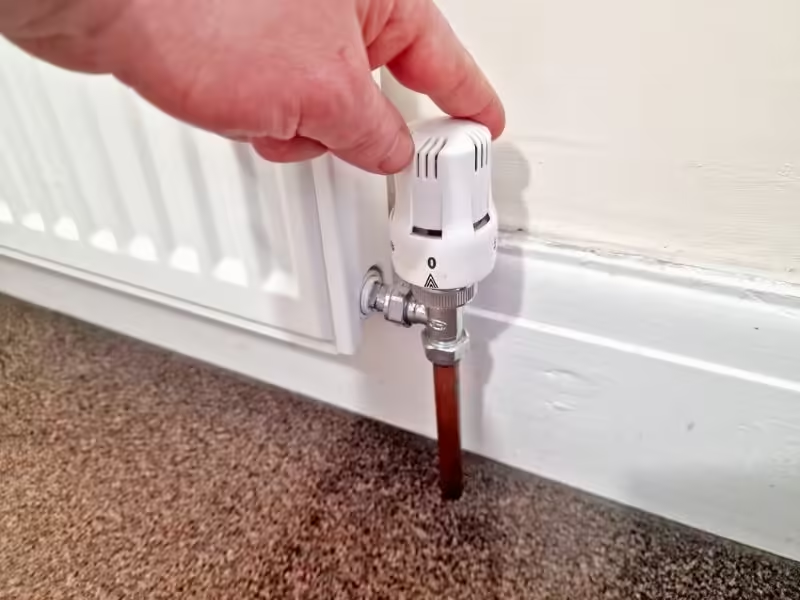
Bleeding
Another reason for a radiator not working is that it’s full of air and needs bleeding. A sure sign it needs bleeding is when the radiator is cold at the top. You must bleed the radiator with a bleed key or screwdriver to fix this and repressurise the boiler. If the radiator is not getting hot after bleeding then this means it’s another problem causing the radiator to not get hot.
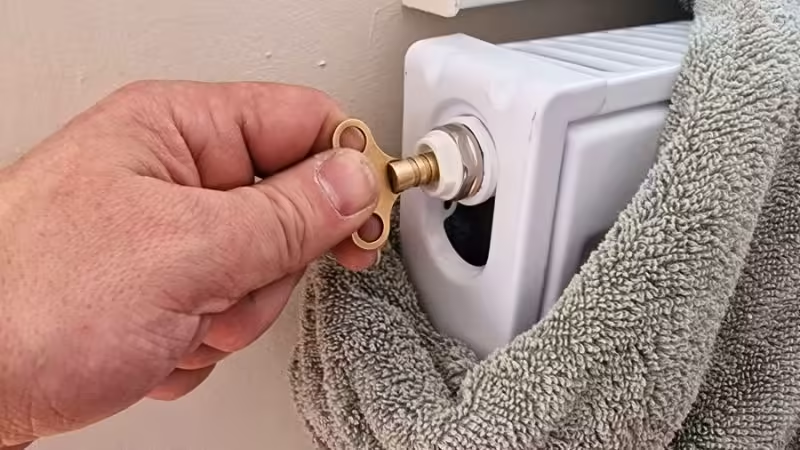
Airlock
An airlock is a common cause of a radiator or two not heating up, especially after draining the system. Whenever I drain a heating system and refill it and a radiator is not heating up, it’s because of an airlock in the radiator pipes. To fix this, you must close one of the valves on every radiator apart from the ones not heating up. This will force the heat to the cold radiators and force the air out. Then open all the other valves back up.
Balancing
Balancing radiators on a heating system is sometimes needed, especially on larger systems. When radiators need to be balanced, it’s usually because one or more radiators aren’t getting any heat or they’re not heating up enough. The heat can be manipulated and spread out evenly across the system by partially closing the lockshield valves.
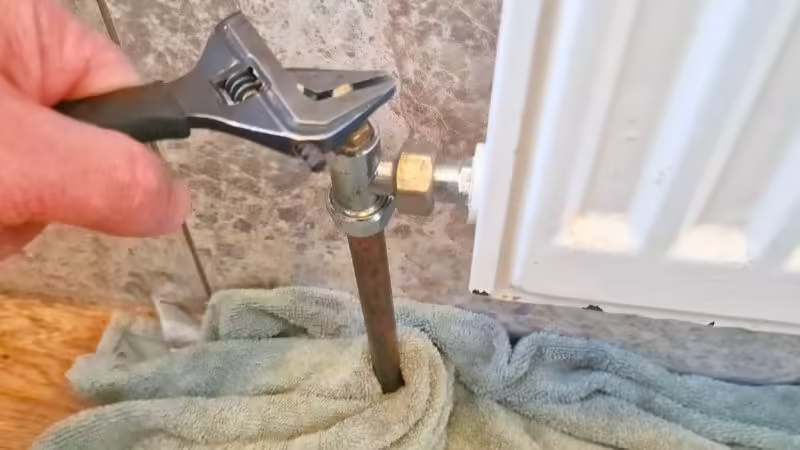
Blocked valve
A blocked valve will cause the radiator to not heat up. It’s hard to tell if the valve is blocked without removing it. You’ll need to drain the system, remove the valve to check for any dirt or debris, and clean it out or replace it if it’s faulty.
Sludge
A radiator being cold at the bottom or cold in the middle is a big sign that it is full of sludge. Sludge typically builds up on the bottom of the and causes the radiator to be cold. You will need to flush the heating system to fix this, or you can remove the radiator and clean it out with a hose if it’s only one radiator.
Thermostatic valve pin stuck
It’s quite common for the pin on a thermostatic valve to become stuck down which will cause the radiator to stay off.
To fix this you can:
- Remove the head by unscrewing the ring anti-clockwise
- Squirt on some silicone lubricant
- Tap the side or top of the valve with a heavy tool
- Grip the pin with some pliers and twist it back and forward
- Pull the pin up gently
- Once up, push it down a few times to make sure it pops back up
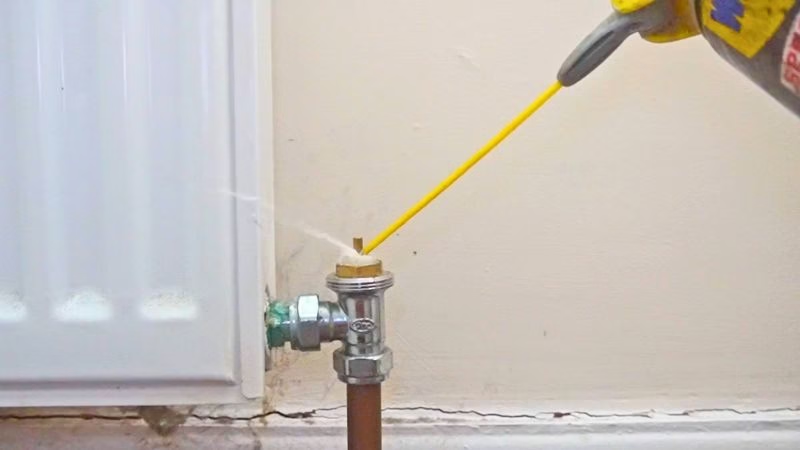
Not working properly
Sometimes a radiator will get heat but not work properly.
The most likely causes:
- Cold at the top: Needs bleeding
- Cold in the middle: Full of sludge
- Cold at the bottom: Full of sludge
Hot at the bottom cold at the top
When a radiator is getting hot at the bottom but cold at the top, it’s because there is air in the top that needs to be bled out. Bleeding the air out will fill the top with water and stop it from being cold.
Hot at the top cold at the bottom
A radiator cold at the bottom when it’s hot at the top is a common sign of sludge in the radiator, and probably in other radiators. Sludge in the radiators means the heating system needs to be flushed. You can also remove the radiator and flush it out individually with a garden hose.
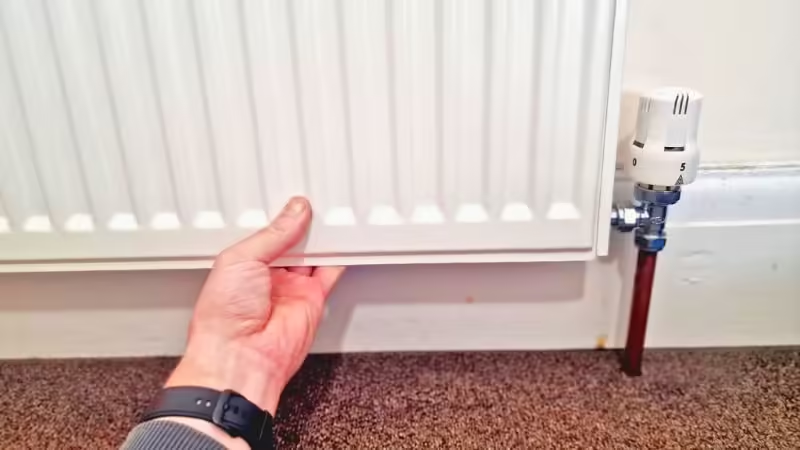
Should both pipes on a radiator be hot?
Yes, both pipes on a radiator should be hot. When the heating is first turned on, only the flow pipe will be hot until the radiator has heated up. Both pipes should eventually get hot as the hot water leaves the radiator and heads back to the boiler.
Is your radiator piped up correctly?
A newly installed radiator not working is a sign that it hasn’t been piped up correctly or the new pipes are too small. For example, if you have added a new radiator and connected it to old 10mm pipes to supply the new radiator, this will cause the radiator not to work properly if at all. If the radiator used to get hot but has stopped, you can rule out not being piped correctly.
Summary
Fixing a radiator is usually straightforward but sometimes you have to bite the bullet and change the radiator. If the cold radiator has been hot before you can rule out a pipework problem and if you just drained the heating system then it’s almost certainly an airlock.
Having just the downstairs or upstairs radiators working will most likely be caused by a zone valve or thermostat problem.
Have any questions? Drop them in the comments below, I’ll do my best to help! If you found this post helpful, don’t forget to share it with others who might benefit.
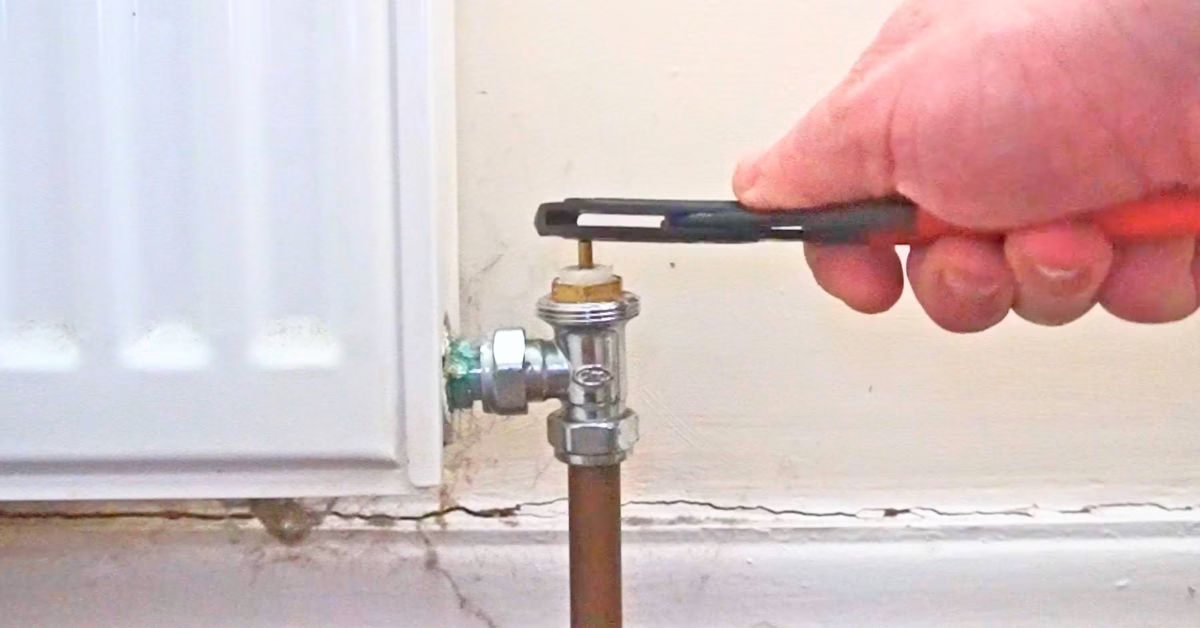

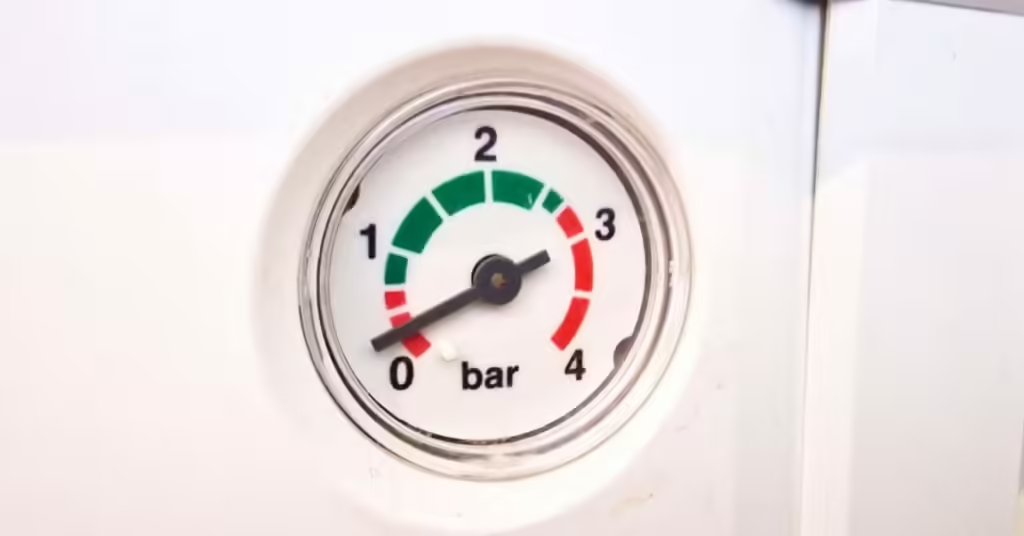
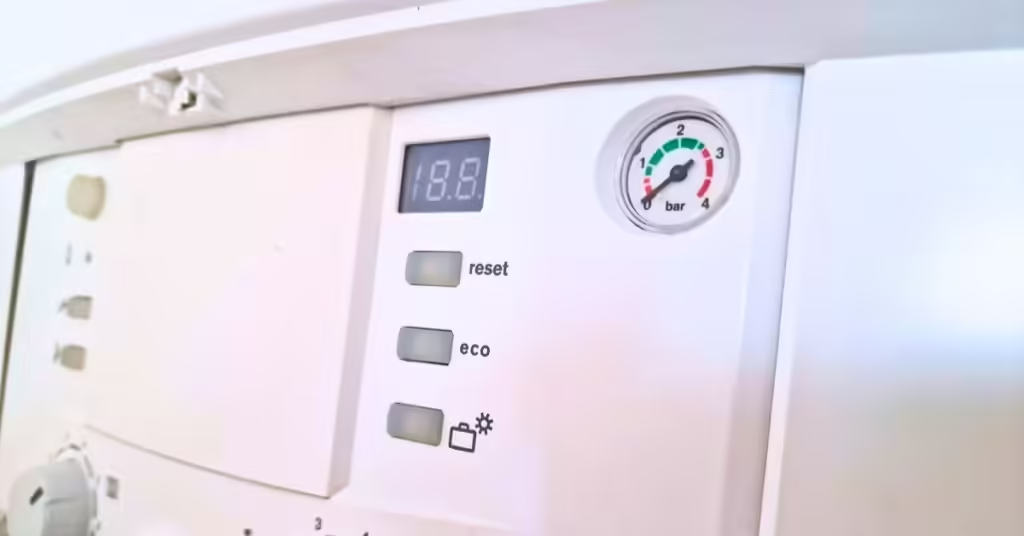
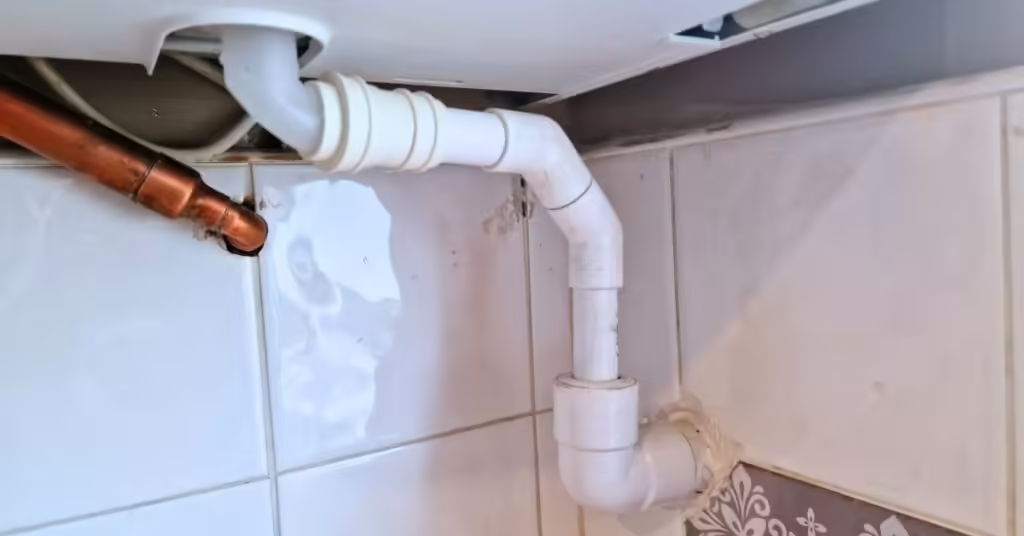
One radiator heats up for about 30 mins. Then goes cold. Had an engineer out and he flushed out the radiator. Worked a little bit better, but now only heating up for minutes then going cold. All other radiators toasty hot
Steven,
Been having problems with a single rad (only 2 years old).
Refuses to heat up at all when system in full flow?
When all other rads are turned off then heat reaches this rogue rad – but only for the top third of the rad – rest of rad remains cold.
There is no air in the system and both valves are functioning normally!
Any advice you can give would be gratefully received.
Hi Roger, is it a column rad or a standard panel rad? has it always been like that?
Hi Steven
Great article, thank you!
Hoping you can help with a frustrating problem.
I have a bungalow with a loft conversion, 2 Rads upstairs, left OFF all the time as enough heat drifts upstairs.
Boiler feeds Rads and Hot Water Cylinder via 3 Port Valve!
Last winter, heating was OK.
Hot water has been OK all summer.
Downstairs Rads are on 2 circuits.
Turned heating on a couple of days ago and only the Rads on one circuit are getting hot, others are cold, as are the pipes going to them.
Have bled all the Rads, no air came out.
Have checked the TRV’s, a couple were jammed, but freed up easily enough!
Have shut off all the working Rads, this allowed 2 of the 3 Rads on the other circuit to get warm, but the Boiler kept starting and stopping (on for 30 seconds), which I guess infers water is not going round properly!
3 Port appears to be working OK
Pump appears to be working OK
I guess I either have a blockage, or an airlock in the pipes?
Any suggestions please?
Am considering draining the faulty circuit and refilling to see if this will help solve the problem.
Thanks in anticipation
Graham
Hi Graham, you should have a zone valve (2 port valve) somewhere separating the two heating zones. Sounds like it’s probably that.
one radiator not heating up pipes cold, when i disconnect valve hot water flows through ok so i re join valve and radiator and hey presto a hot radiator. the problem being when i turn the heating off and let it cool i later turn heating back on after about an hour and i am back to square one and a cold radiator. any ideas and help would be appreciated.
i have an oil fired central heating and am in a bungalow
kind regards
Brian